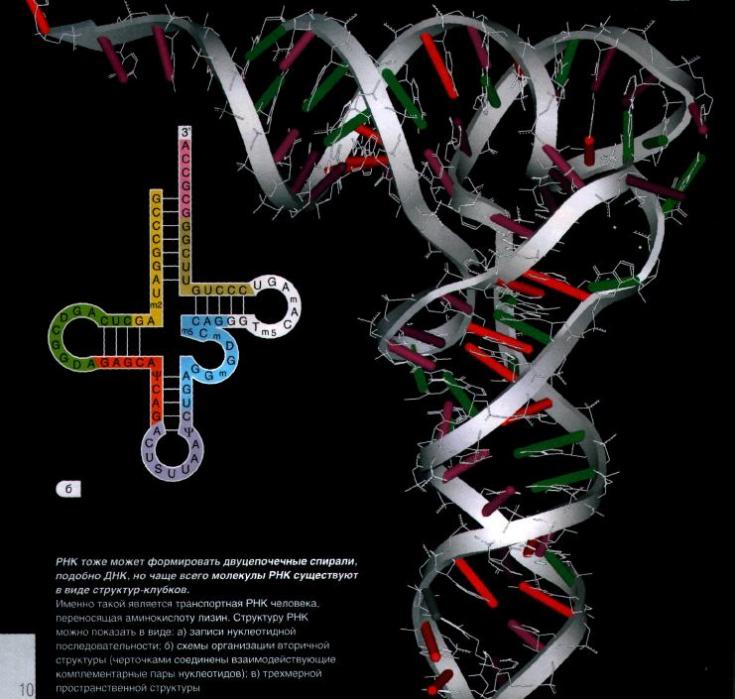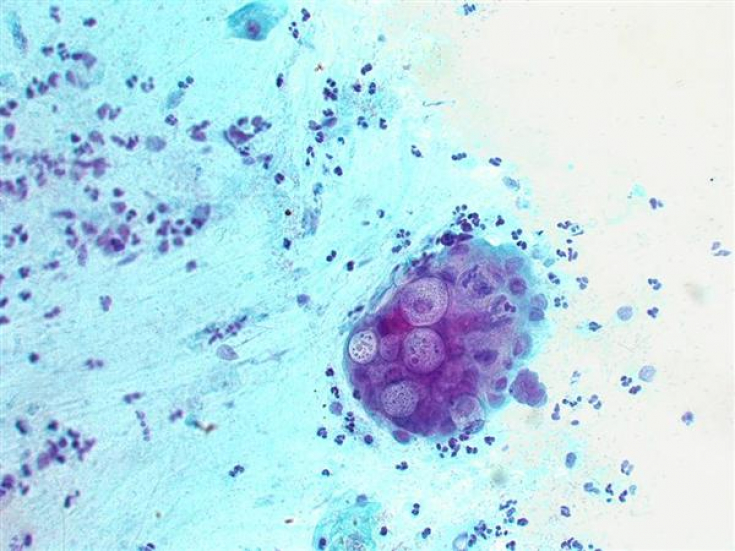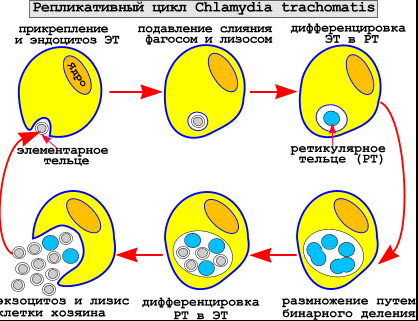Chlamydial infectionI is transmitted through unprotected sexual intercourse. Despite the fact that the body is sensitive to antimicrobial agents, the emergence of multidrug-resistant strains creates great problems in the fight against this pathogen.
Given that an effective vaccine is still not available, the use of a non-antibiotic based microbicide is considered to be an excellent alternative strategy to help prevent/reduce chlamydial infection in women, in addition to regular screening for the pathogen in susceptible populations.
In the article estet-portal.com you can read in detail new strategies for the management and prevention of chlamydial infection.
Relevance of developing alternative methods of prevention of chlamydial infection
Researchers at the University of Waterloo have developed a new way to prevent and treat chlamydia, the world's most common sexually transmitted bacterial infection.
Follow us on Facebook
The new treatment differs from conventional antibiotic treatment in that it is a type of nanotechnology-assisted gene therapy that has shown a 65% success rate in preventing chlamydial infection with a single dose.
As antibiotic resistance continues to develop, people are suffering from a persistent chlamydial infection that cannot be cured by conventional means.
Treatment tends to take a long time and can lead to infertility and other reproductive problems, so it is important to find new ways to treat this common infection.
Nanotechnologies in the fight against chlamydial infection
The team was able to achieve a result by using a small interfering ribonucleic acid (interfering ribonucleic acid — siRNA) to target a specific PDGFR-beta gene in the female reproductive tract that creates a protein that binds to chlamydia.

By targeting PDGFR-beta, the researchers are stopping the creation of a protein that Chlamydia uses to enter reproductive tract cells. As a result, infection is less likely to occur.
If chlamydia bacteria bind to and enter cells, then the nanomedical treatment is designed to activate autophagy, a cellular process whereby infected cells can form lysosome-laden vesicles around these bacteria and destroy it.
SiRNA by itself cannot enter cells to reduce PDGFR-beta expression and prevent chlamydia entry.
A new gene therapy uses a unique nanoparticle that allows you to:
• penetrate siRNA into cells,
• reduce the ability of chlamydia to penetrate the cell
• destroy bacteria that have entered the cell
• prevent the spread of infection.
Modern EBM Guidelines for Diagnosis and Treatment of Chlamydia in Women
Blockade of bacterial entry and induction of autophagy of the affected cell
In developing the microbicide, two preventive strategies have been combined, which include reducing bacterial entry into host cells and increasing host defense against C. trachomatis.

These strategies exploit the special characteristics of the siRNA-PEI-PLGA-PEG nanoparticle, in which the cationic PEI polymer plays an important role in the development of autophagy in host cells, as well as in improving the encapsulation of siRNA in the nanoparticle, which facilitates the delivery of siRNA for sufficient knockdown the PDGFR-β gene and also helps reduce PEI cytotoxicity, allowing sufficient PEI to be delivered to cells to induce autophagy without causing side effects.
Using the nanoparticle formulation, the problem of PEI's cytotoxicity was successfully overcome, while still maintaining the beneficial properties of PEI in autophagy induction.
The key to reducing PEI cytotoxicity is encapsulation in the nanoparticle, which prevents direct contact between the cationic polymer and cell and organelle membranes.
Practical recommendations for innovative prevention

The use of siRNA-PEI-PLGA-PEG nanoparticles should be started a few days before sexual interactions, as there is a delayed onset of action of gene silencing by PDGFR-.beta. siRNA, and its use may continue for a long time, since the effect of siRNA gene knockdown is temporary and continuous intracellular siRNA levels may need to be maintained for sustainable gene knockdown.
Autophagy induction and knockdown of PDGFR-.beta. nanoparticles encapsulated in siRNA reduce chlamydia trachomatis infection.
However, dosing frequency and duration of administration should be determined by future in vivo and clinical studies as these are closely related to the drug's efficacy and safety profiles.
Additional kill targets
Other potential factors can be simultaneously targeted to increase the effectiveness of prevention.
For example, epithelial membrane protein 2 (EMP2) has been identified as a potential target for reducing C. trachomatis infection, and the use of genetic silencing or neutralizing antibody can reduce chlamydial infection in vitro and in vivo. Therefore, an siRNA targeting EMP2 can be co-encapsulated in a nanomolecule and/or an anti-EMP2 antibody can be conjugated to the surface of the nanoparticle.
Thank you for staying with estet-portal.com. Read other interesting articles in the "Venerology" section. You may be interested in Why is chlamydia called a new generation disease







Add a comment